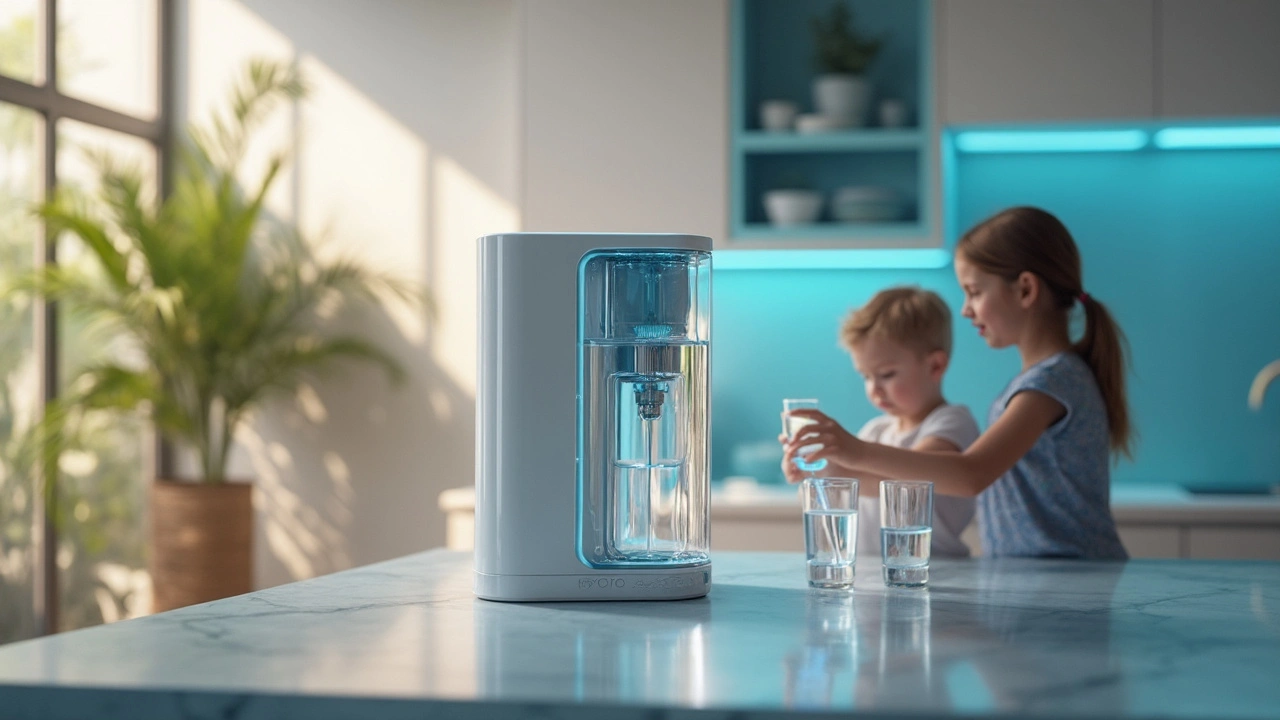Water Purification: How to Get Clean Drinking Water at Home
Got a tap that tastes weird or worries you about germs? You’re not alone. Most people just want water that’s safe to sip without spending a fortune. The good news is you can protect yourself with a few easy steps and the right gear.
Pick the Right Filter for Your Needs
Filters come in different shapes and sizes. If you only need to catch chlorine and bad taste, a simple pitcher filter works fine. Look for a product that mentions "removes chlorine" and "improves taste" on the label. For tougher stuff like lead or bacteria, go for an under‑sink system or a reverse‑osmosis (RO) unit. These use multiple stages to trap tiny particles that a pitcher can’t catch.
Before you buy, check the filter’s certification. The NSF or WQA seal means the filter passed an independent test. Also, note how often you have to replace the cartridge – a cheap filter that needs a change every month can end up costing more.
DIY Ways to Clean Water When You’re In a Pinch
Sometimes you can’t get a filter right away. In those cases, a few home tricks can still get you safe water. Boiling is the oldest method: bring water to a rolling boil for at least one minute (longer at high altitude). Let it cool, then store it in a clean container.
If you have bleach at home, you can disinfect water. Use unscented regular bleach with 5‑6% sodium hypochlorite. Add two drops per liter, stir, and wait 30 minutes. The water should smell faintly of chlorine – that means it’s treated.
Another quick fix is a solar disinfection bottle (SODIS). Fill a clear plastic bottle with water, shake it to add air, then leave it in direct sunlight for six hours. UV rays kill most germs, though this won’t remove chemicals.
These tricks are handy for camping, emergencies, or if your tap is temporarily unsafe. They’re not a long‑term solution, but they buy you time.
In everyday life, the best approach is to combine a reliable filter with regular maintenance. Change cartridges when the manufacturer says to, keep the filter housing clean, and test your water if you suspect a problem. Many cities provide free water‑quality reports online – a quick look can tell you if there’s anything serious to worry about.
Lastly, remember that good water starts with a clean source. If you use a well or collect rainwater, make sure the storage tanks are sealed and cleaned regularly. A little effort at the source can save you from bigger headaches later.
With the right filter, a few DIY tricks, and a habit of checking your water, you can enjoy clear, safe drinking water every day without hassle.
Hydrocl: Exploring the Future of Water Purification Technology
Dive into how Hydrocl is changing the water purification game. Learn about new tech, health benefits, practical uses, and what makes Hydrocl stand out in 2025.
